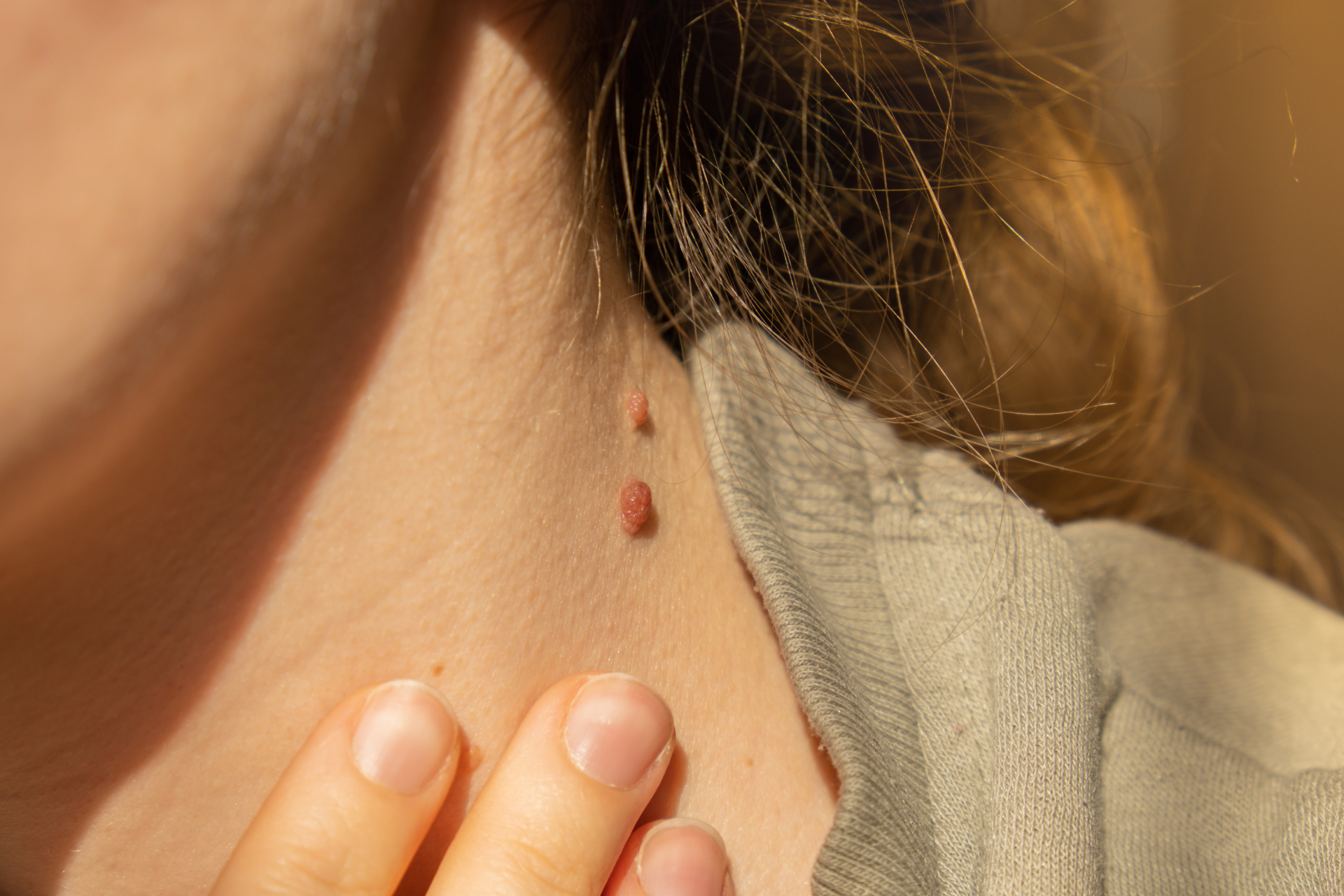How Skin Cancer Develops: A Comprehensive Guide to Its Formation

At Fall Creek Skin and Health Clinic, we believe that understanding health conditions is the first step toward prevention and treatment. Skin cancer is one of the most common forms of cancer today, yet many people are unsure about how it develops. In this comprehensive guide, we’ll explore the formation of skin cancer, the types of skin cancer, and how you can protect yourself.
Understanding Skin Cancer Formation
Skin cancer primarily occurs when the DNA of skin cells becomes damaged, usually due to ultraviolet (UV) radiation from the sun or artificial sources like tanning beds. This damage leads to mutations that affect how skin cells grow and divide. Under normal circumstances, the body regulates cell growth and repairs damaged DNA. However, when the damage is extensive or the repair mechanisms fail, mutated cells begin to proliferate uncontrollably, forming a tumor.
Types of Skin Cancer
The development of skin cancer can be categorized into three main types:
1. Basal Cell Carcinoma (BCC)
This is the most common type of skin cancer, typically arising in the basal cells found in the outer layer of the skin. BCC usually develops on sun-exposed areas such as the face, neck, and arms. It grows slowly and is less likely to spread than other forms of skin cancer.
2. Squamous Cell Carcinoma (SCC)
This type develops in the squamous cells, which make up the middle layer of the skin. Like BCC, SCC commonly occurs in areas exposed to the sun. It can grow larger and may spread to other parts of the body if not treated.
3. Melanoma
Melanoma is the most aggressive form of skin cancer. It develops in the melanocytes, the cells responsible for producing melanin—the pigment that gives skin its color. Although melanoma accounts for a smaller percentage of skin cancer cases, it is responsible for the majority of skin cancer deaths. Early detection and treatment are critical for improving outcomes.
Risk Factors
Several factors increase the likelihood of developing skin cancer:
- UV Radiation
Prolonged exposure to UV rays from the sun or tanning beds dramatically increases the risk of skin cancer.
- Skin Type
Individuals with fair skin, light hair, and blue or green eyes are at a higher risk.
- Family History
A family history of skin cancer can indicate a genetic predisposition.
- Age
Older individuals are more prone to skin cancer due to cumulative sun exposure over the years.
- Immune Suppression
Conditions or medications that weaken the immune system can elevate the risk of skin cancer.
Prevention and Protection
While not all skin cancers can be prevented, there are several steps you can take to reduce your risk:
- Use Sunscreen
Apply broad-spectrum sunscreen with an SPF of at least 30 daily, even on cloudy days.
- Seek Shade
Avoid direct sun exposure, especially during peak hours (10 a.m. to 4 p.m.).
- Wear Protective Clothing
Long sleeves, hats, and sunglasses can shield the skin from harmful UV rays.
- Regular Skin Checks
Conduct self-examinations and schedule regular check-ups with a dermatologist to catch any suspicious changes early.
Understanding how skin cancer develops is vital for prevention and early detection. At Fall Creek Skin and Health Clinic, we treat patients of all ages for skin-related issues, including skin cancer. Regular screenings and awareness of changes in your skin can save lives. Take proactive steps toward your skin health today!




